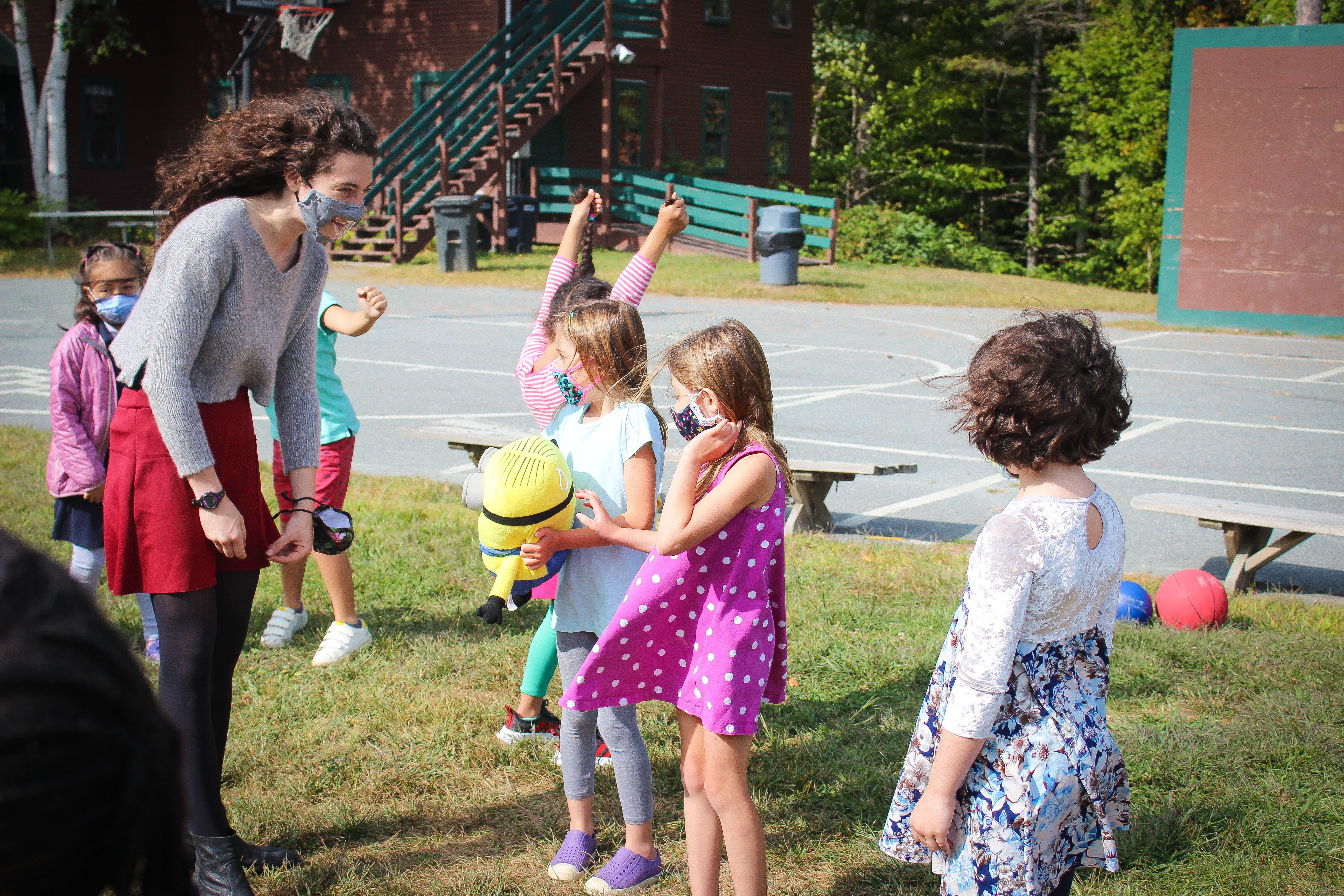
Over the last six months, much research has focused on how to support students and their families through school shutdowns, hybrid-learning schedules, and re-openings. Each of these challenging scenarios require a great deal of planning and care. But those of us within schools also recognize the emotional, and often the physical, toll the pandemic has specifically on educators.
Regardless of the way curricula is delivered in today’s new educational paradigms, teachers remain in a higher state of alert as they manage a range of educational uncertainties. In today’s environment, it is not surprising that teachers across the country are experience greater anxiety and student performance is impacted by the cumulative effect from the pandemic.
So what can schools do to support teachers more effectively? First, it is important for school administrators to look carefully at professional workloads that may have increased due to the pandemic, consider offering greater organizational support, and look for ways to increase feelings of connectedness and belonging within schools. During the pandemic, every school should explore ways to reduce stress and heighten opportunities for enjoyment and fulfillment in day-to-day routines. For schools that have opened, being around the positive energy of students again greatly helps. And for everyone whose job involves some level of faculty support, this is an crucial time to check in regularly on the personal circumstances and emotional well-being of teachers. By doing so, administrators can help set realistic (pandemic-impacted) goals and encourage a healthy balance between teaching responsibilities and personal care.
Another helpful approach is to intentionally structure collaborative educational models, even while most educators are required to work in greater isolation. For while teachers and students need to maintain physical-distance protocols and wear masks that hide expressions, everyone working in schools also needs to pay closer attention to both the actions and feelings of the people around them. By doing so, schools can create more sustainable and happier ecological systems that support relationship building and provide important restorative moments throughout the day—goals that will forge a social and emotional path through this pandemic while also improving both teaching and learning.




